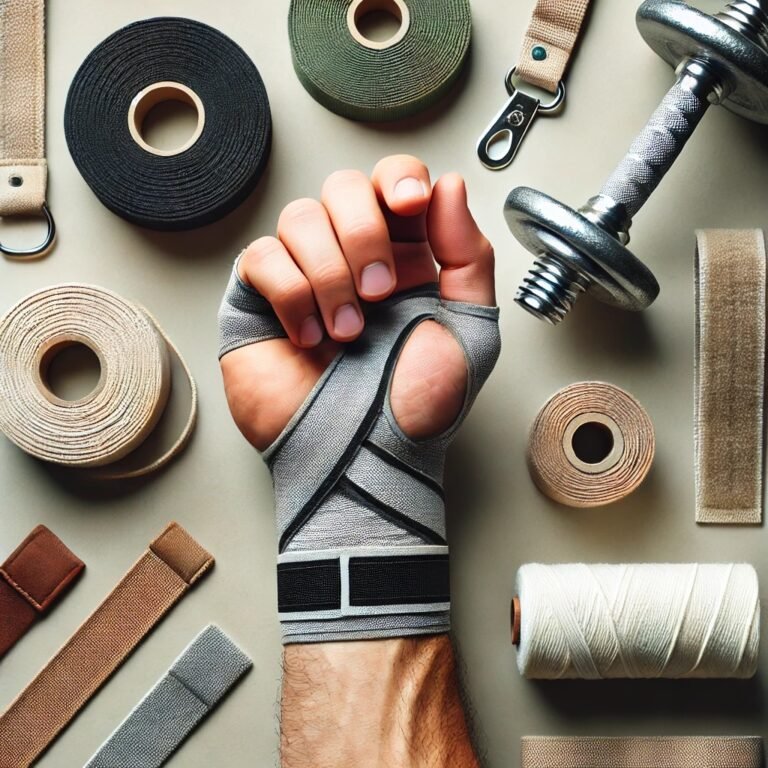When it comes to compression socks running enthusiasts are discovering just how valuable these accessories can be. Compression socks have gained popularity among runners of all levels, thanks to their potential to enhance performance, speed up recovery, and support overall health. Designed to improve circulation and reduce muscle fatigue, these socks offer a range of benefits that go beyond a standard pair of running socks. Particularly in cold weather, compression socks can keep muscles warm and help prevent stiffness, making them an essential part of any winter running gear. For a deeper look at must-have items for your running kit, check out The Essential Guide to Running Accessories.
What Are Compression Socks for Running?
Compression socks are specialized athletic socks designed to provide gentle, consistent pressure on the lower legs, encouraging better blood circulation. By applying graduated pressure—typically tighter around the ankle and gradually easing up the leg—compression socks help veins move blood back to the heart more efficiently. This enhanced circulation reduces muscle fatigue, soreness, and even the risk of injury, allowing runners to perform at their best and recover more quickly.

There are several types of compression socks available, each tailored to specific needs:
- Graduated Compression Socks: These socks provide the most pressure at the ankle, gradually decreasing as they move up the leg. This design supports better blood flow, making them ideal for high-intensity workouts or long runs.
- Knee-High Compression Socks: Covering the entire calf, knee-high compression socks offer maximum support for the lower legs, which is particularly beneficial for runners looking for extra stability and muscle support over longer distances.
- Compression Sleeves: While technically not socks, calf compression sleeves deliver similar benefits, offering focused support on the calves without covering the feet. They’re a popular choice for those who prefer to wear their favorite running socks while still getting the circulation benefits.
Runners often favour compression socks not only for their health benefits but also for their versatility. Whether you’re training on a warm day or braving colder temperatures, compression socks can provide the support, warmth, and comfort needed to keep pushing forward.
Running can also be very effective and fun using machines in the comfort of your own home, check out our guide to home gym equipment here
How Compression Socks Running Benefits Your Performance and Recovery
One of the major benefits of compression socks is how they aid in faster recovery post-run. The improved blood flow not only supports muscle function during a run but also helps flush out metabolic waste like lactic acid more quickly afterward. This can reduce muscle soreness, making it easier to bounce back and stay on track with your running schedule.
Compression socks are also valued for their support and stability. By gently hugging the calves, they reduce muscle vibration, which can help prevent injuries and improve overall running efficiency. For runners, especially those training regularly or tackling long distances, compression socks can be a valuable addition to optimize both their performance and recovery.
Why Compression Socks Are Essential for Cold-Weather Running
Compression socks are a powerful addition to any runner’s winter gear, providing much-needed support and warmth during cold-weather runs. When temperatures drop, muscles tend to stiffen up more quickly, which can increase the risk of strains and injuries. Compression socks help combat this by maintaining warmth in the lower legs, allowing muscles to stay loose and responsive even in chilly conditions. The steady, gentle pressure of compression socks also enhances blood flow, ensuring that oxygen reaches your muscles more effectively, which helps prevent stiffness and fatigue.

Many winter-specific compression socks are made with thermal or moisture-wicking materials, adding an extra layer of insulation without compromising breathability. These fabrics help keep legs warm and dry, minimizing the impact of cold air and preventing sweat from cooling down against your skin. For runners braving windy or frosty conditions, thermal compression socks are especially useful, as they provide targeted warmth and protection without adding bulk.
By wearing compression socks during winter runs, you can enjoy the benefits of improved circulation and warmth, helping you stay comfortable, agile, and injury-free no matter how low the temperature drops.
Tips for Choosing the Right Compression Socks for Running
Selecting the right compression socks for running can make a big difference in both comfort and performance. Here are some key factors to consider:
1.Compression Level
Compression socks come in different levels of pressure, typically measured in millimetres of mercury (mmHg). For most runners, a moderate compression level of 15-20 mmHg is sufficient to boost circulation and reduce muscle fatigue. For those looking for extra support, such as during longer runs or recovery days, 20-30 mmHg might be more suitable. However, higher compression levels are generally recommended only with guidance from a healthcare professional, as they can be quite tight.
2.Length
Compression socks are available in various lengths, with knee-high and calf-length being the most popular for running. Knee-high compression socks provide the most comprehensive support for the lower legs and are ideal for full-leg warmth and protection, especially in cold weather. Calf sleeves offer compression on the calves while allowing you to wear your preferred running socks, making them a flexible option for different temperatures and preferences.
3.Material
Look for moisture-wicking, breathable materials like nylon or polyester blends that keep your legs dry and comfortable during runs. For winter running, consider socks with thermal features to retain warmth, while lighter fabrics work well for warmer climates. Quality materials are essential to prevent chafing and provide the durability needed for frequent runs.
4.Fit and Quality
A proper fit is crucial to ensure compression socks work effectively. They should be snug but not overly tight, as too much compression can restrict blood flow. Choosing a high-quality brand is also important, as well-made compression socks will maintain their shape, support, and elasticity even after multiple washes.
Its very difficult to find the right running accessories that fit your needs, check out our ultimate guide to running accessories here
By choosing the right compression level, length, and material based on your individual needs and weather conditions, you can enjoy the maximum benefits of compression socks, from enhanced circulation to improved muscle support on every run.
Conclusion
Compression socks offer a range of benefits that make them a worthwhile addition to any runner’s gear. By enhancing circulation, reducing muscle fatigue, and supporting faster recovery, they can help runners improve performance and stay more comfortable during and after their runs. This is especially true in cold weather, where compression socks can keep muscles warm, reduce stiffness, and provide extra insulation against the chill.
Whether you’re training for a race, aiming to boost recovery times, or simply looking to stay comfortable on colder days, compression socks can make a noticeable difference. Consider adding a pair to your running kit to experience these benefits first hand and take your running experience to the next level.






One Comment
Comments are closed.